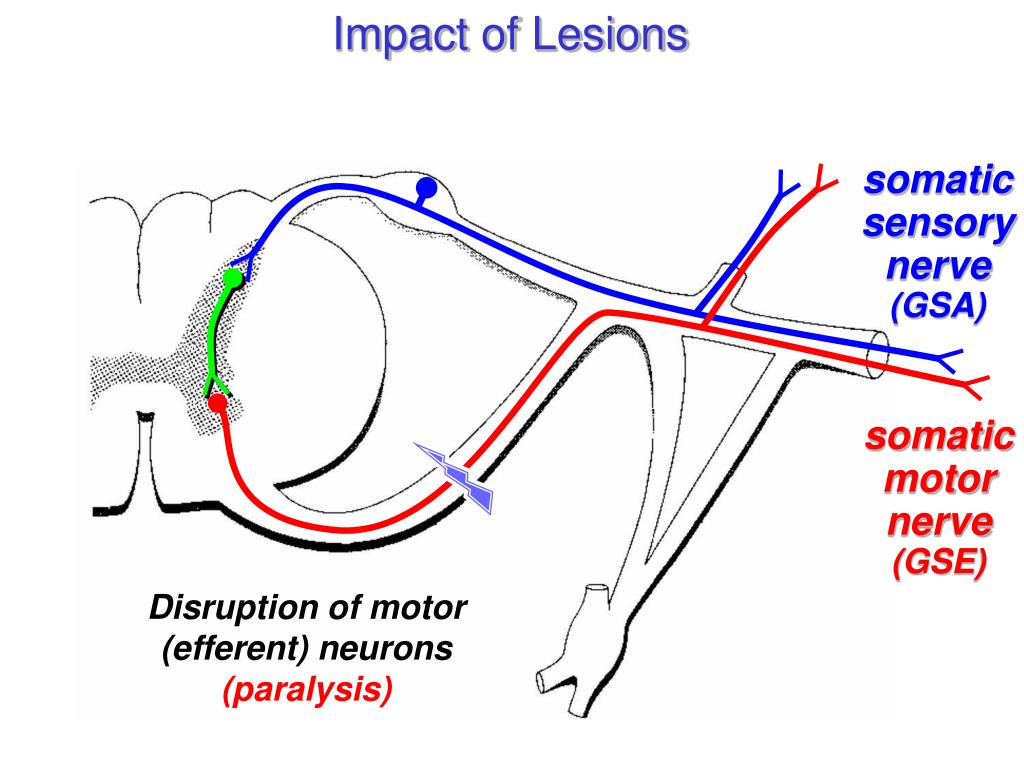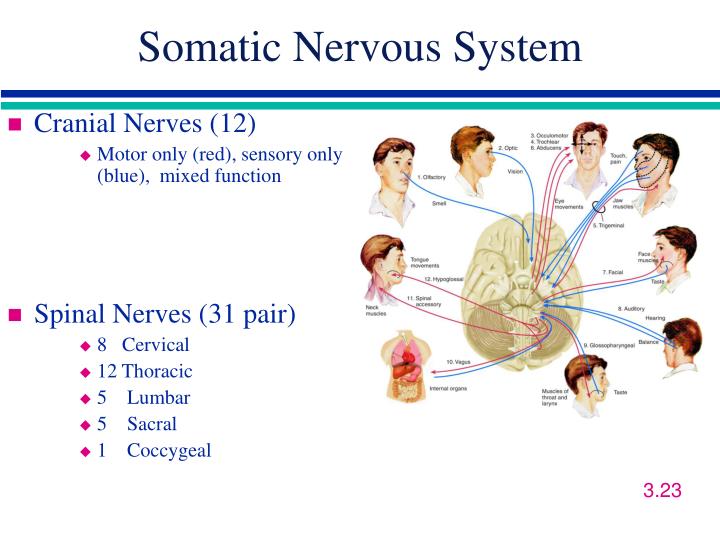
This chapter describes the general anatomy and function of the ANS. The ANS has unique anatomy, synaptic transmission, and effect on its various target organs.

Toward this end, it regulates such functions as blood pressure, heart rate, intestinal motility, bladder emptying, sweating, and the diameter of the eye’s pupil. It should be kept in mind, however, that these peripheral targets and their motor innervation are usually part of reflex pathways that also include visceral afferents (see Chapter 3) and central nervous system structures (e.g., hypothalamus), both of which are sometimes included in broader definitions of the ANS.Ī principal function of the ANS is maintaining the constancy of the body’s internal environment, or homeostasis. The ANS is commonly defined as a peripheral motor system innervating smooth muscle, cardiac muscle, glandular tissue and the organs of the body cavity, known as viscera (e.g., stomach, urinary bladder), that these tissues often comprise. The autonomic nervous system (ANS) is a part of the nervous system that is generally not under conscious, voluntary control, nor is the organism usually conscious of its operation.

Preganglionic neurons are influenced by many regions of the brain. The autonomic nervous system participates in many homeostatic reflexes.ġ1. Visceral afferent (sensory) neurons play an important role in autonomic nervous system function.ġ0. There are general differences in sympathetic and parasympathetic function.ĩ. Neurotransmitters other than acetylcholine and norepinephrine play some role in peripheral autonomic function.Ĩ. Acetylcholine and norepinephrine have different postsynaptic receptors.ħ. Most sympathetic and parasympathetic neurons secrete either acetylcholine or norepinephrine as a neurotransmitter.Ħ. The parasympathetic nervous system arises from the brainstem and sacral spinal cord.ĥ.

The sympathetic nervous system originates from the thoracolumbar spinal cord.Ĥ. The peripheral autonomic nervous system has two subdivisions that originate in the central nervous system and one that does not.ģ. The peripheral autonomic nervous system differs from the somatic motor system in a number of important ways.Ģ.


 0 kommentar(er)
0 kommentar(er)
